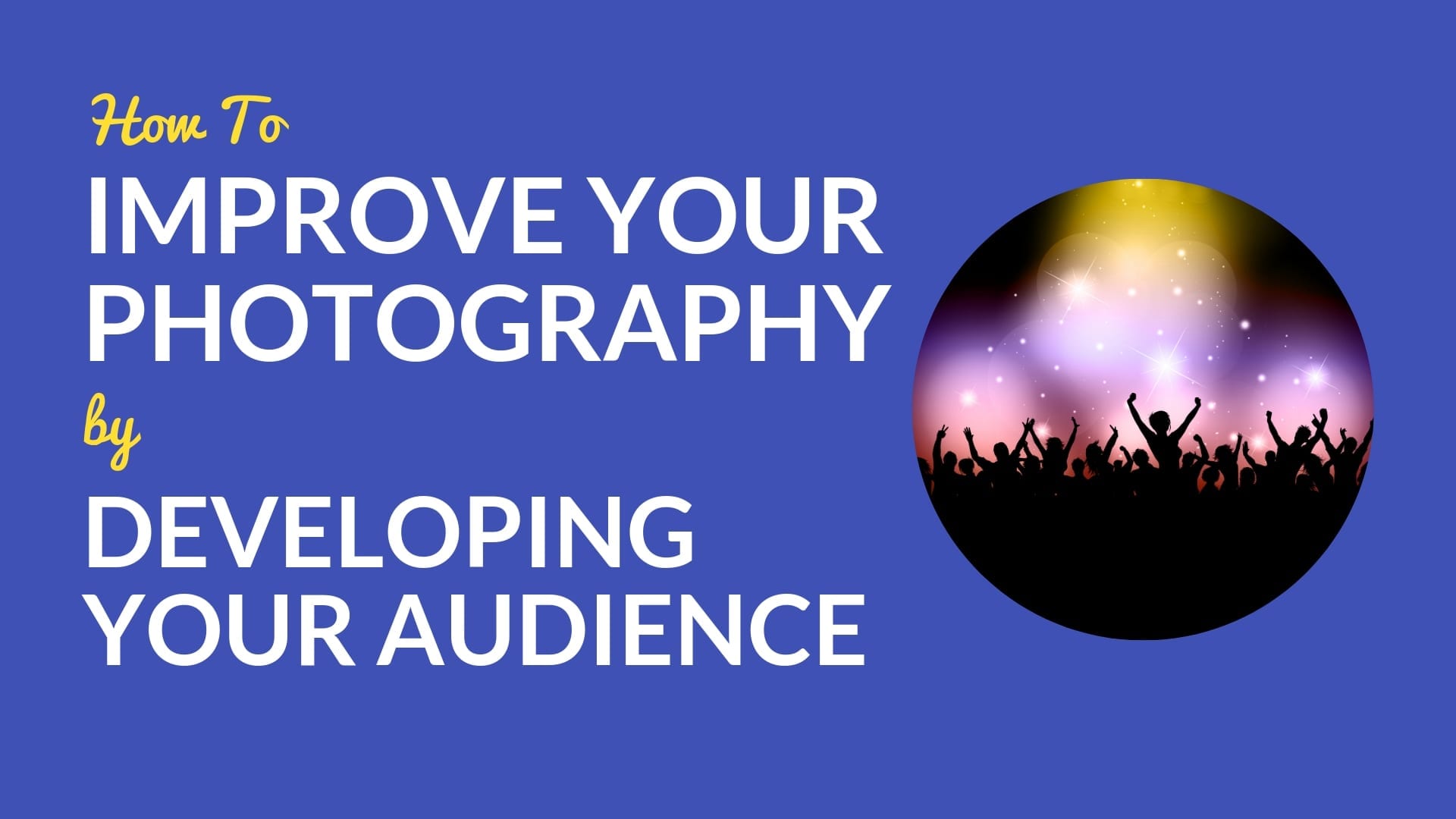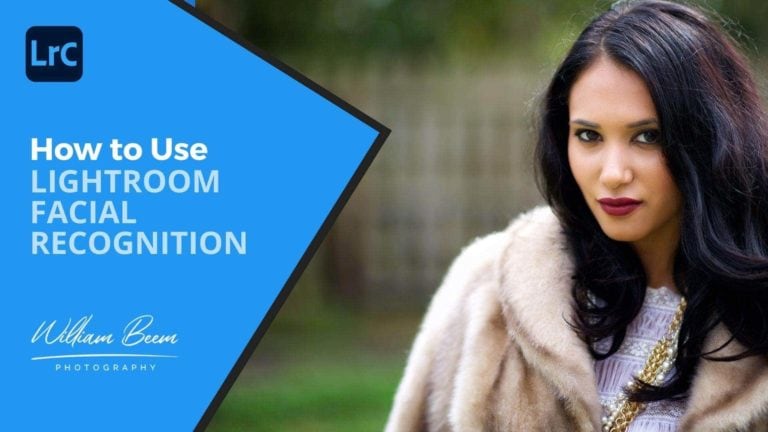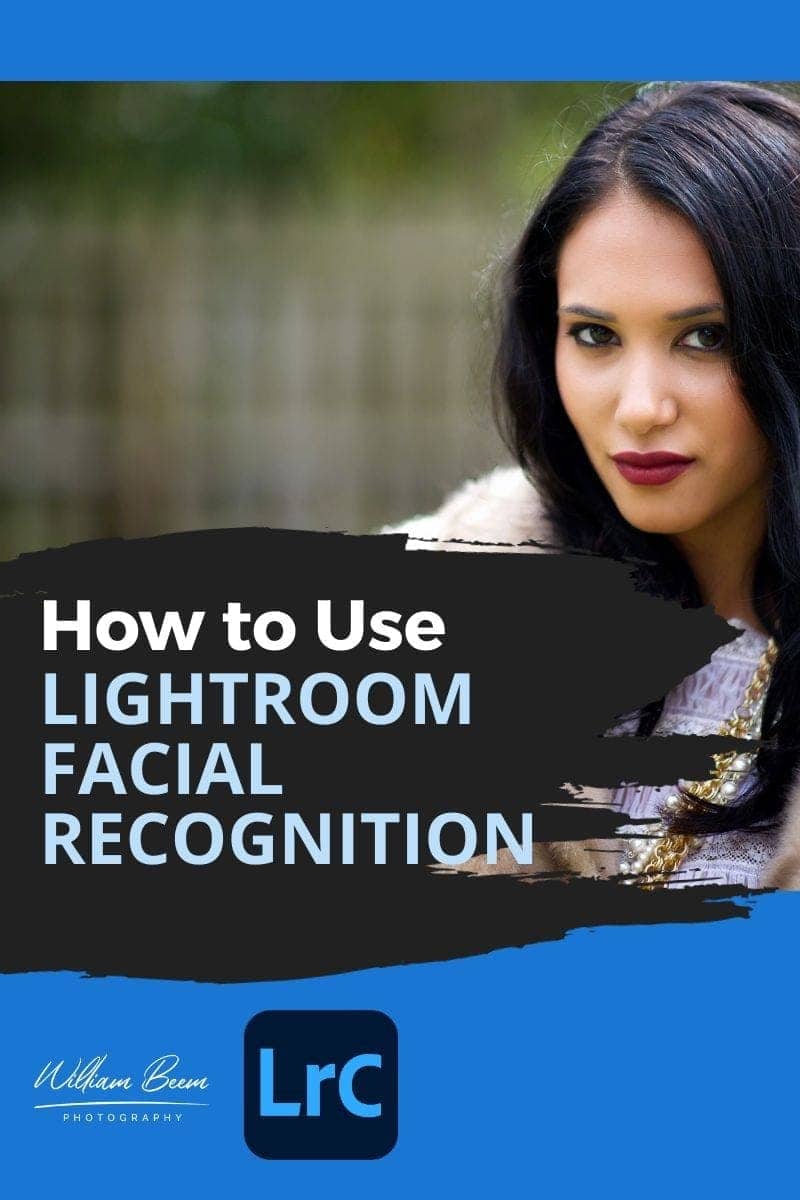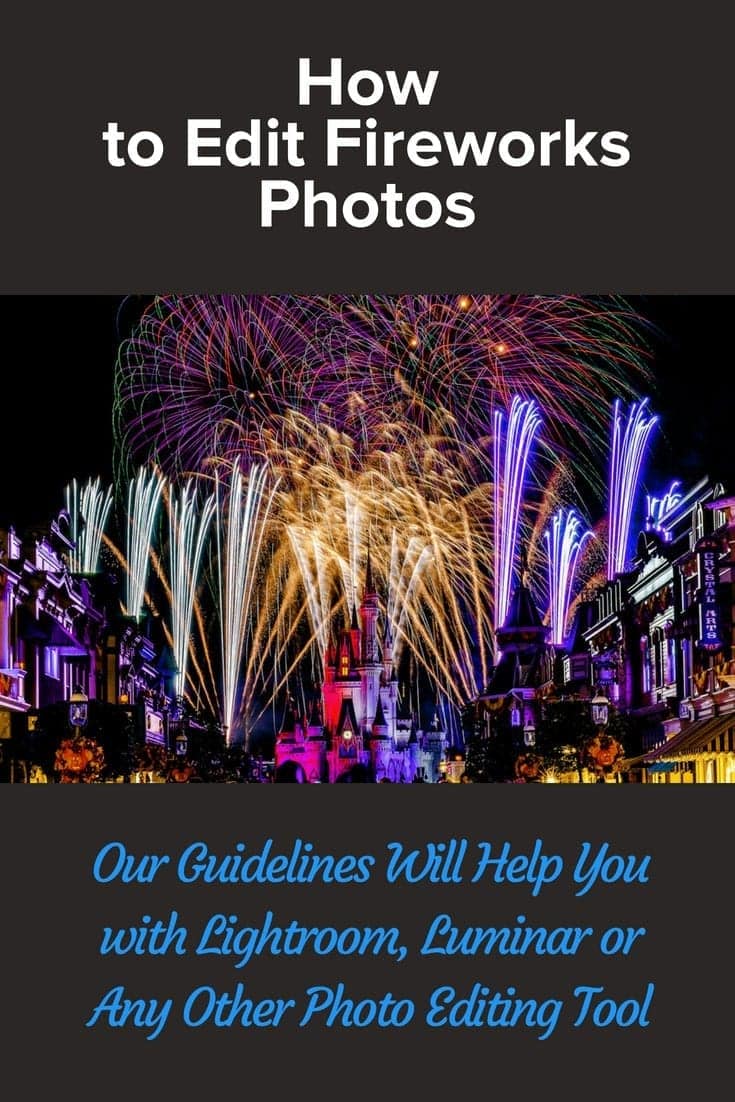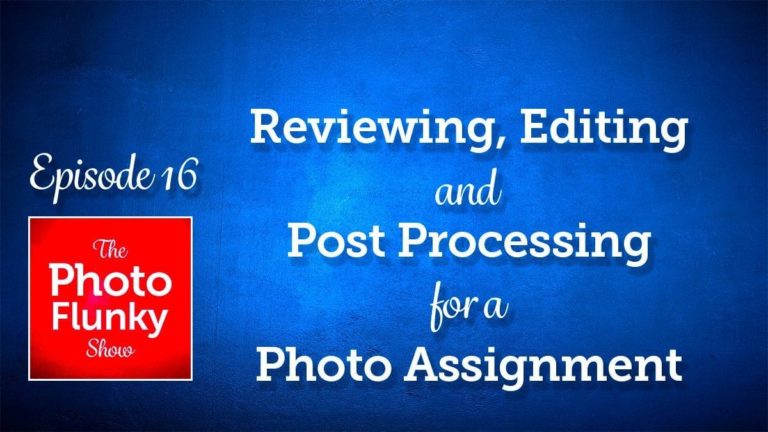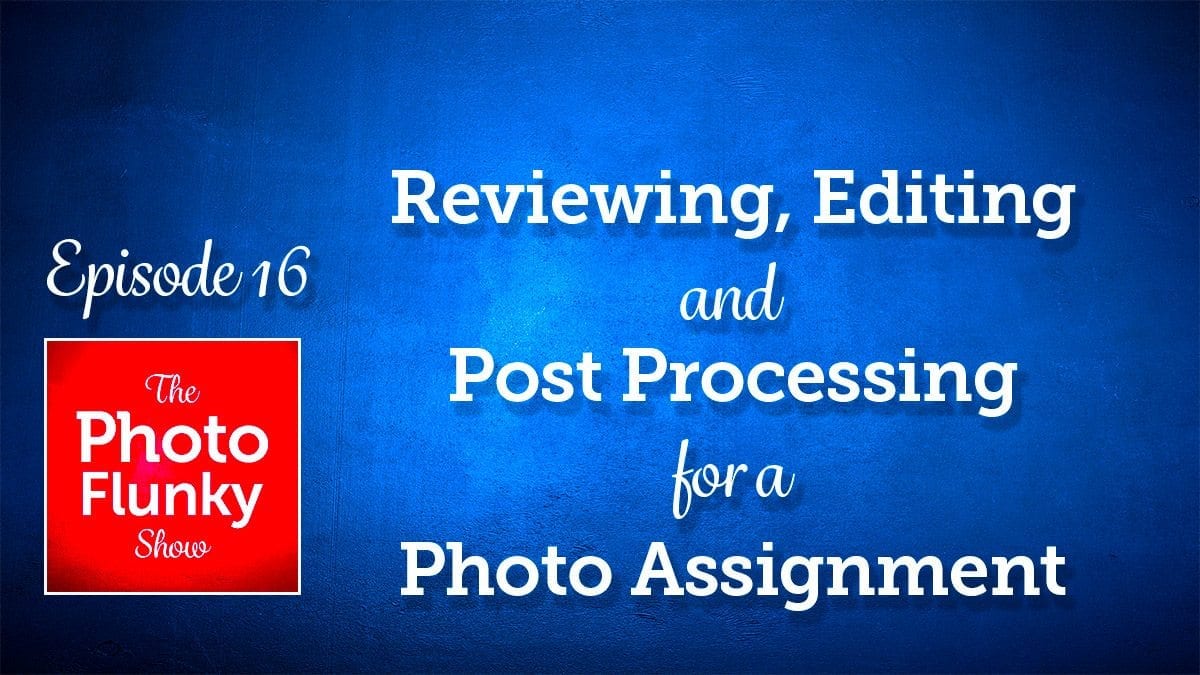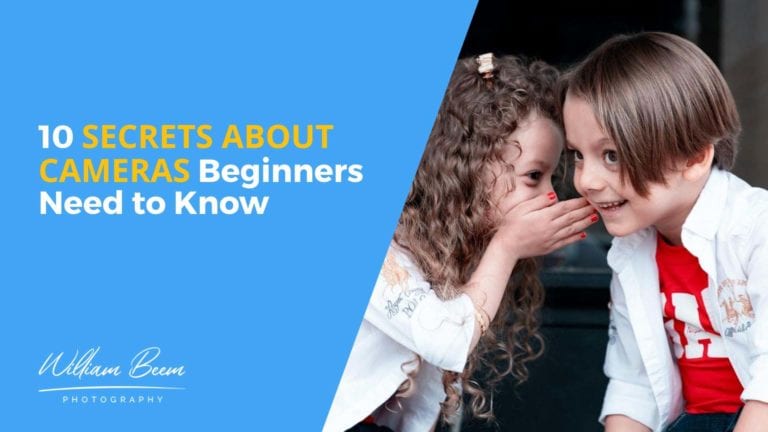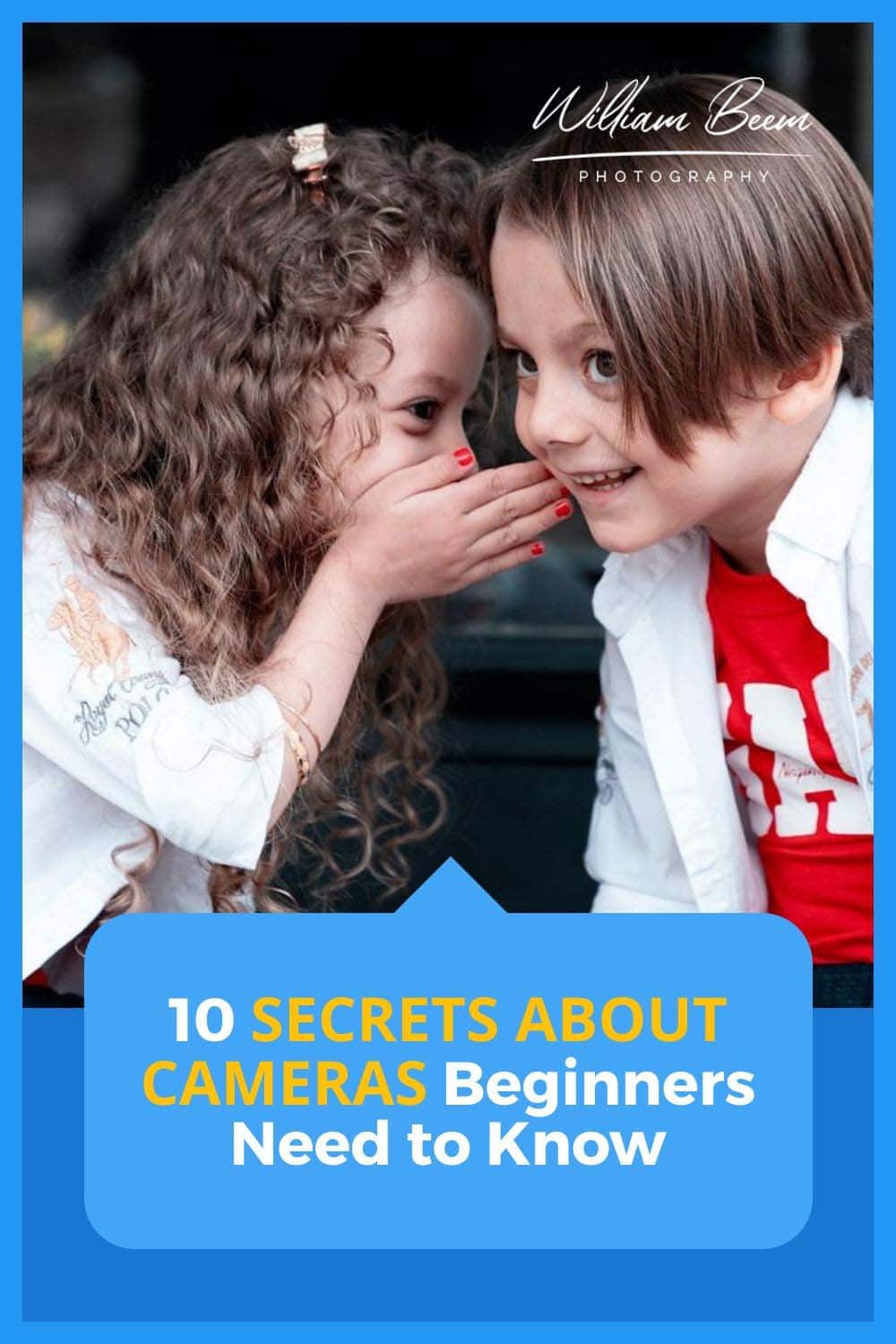Affiliate Disclosure: We earn a commission if you purchase through one of our links at no additional cost to you.
Developing your audience isn’t something you hear about from most photographers. Instead, we get the usual lines about the Rule of Thirds or advice to Fill the Frame.
What good does that do if you don’t really know what you’re supposed to photograph? A well-composed photograph shown to the wrong group of people won’t flatter or influence anyone.
What Is an Audience and Why Do You Need One?
Nobody denies that photography is part of the arts. Like any other art, your photos appeal to some people and perhaps not to others. Even if you never see them in person, you have the potential to develop an audience of people who appreciate your photography.
That audience may start to build after they see a single photo by you. Something you executed very well and a few folks found it very appealing. There you go, the beginnings of your audience.
If that photo turns out to be a one-off work and your next offering is unappealing to those people, you lose your audience.
An audience is a group of people who are admirers of your work. Devotees. Fans. People who dig your stuff.
That sounds nice, but why do you need an audience?
Anyone who creates something to share with a group of people gets feedback from the audience, even if it isn’t verbal. Think about it. Have you ever wondered why some of your photos get a lot of attention and others seem a bit weak with response.
That’s your audience telling you what it likes and what it doesn’t.
Now you can dig deeper into your audience to see what they really like, and their answers will help inform just what you should be doing with your photography or other creative endeavors.
Why You Need to Engage Your Audience and Learn What They Need & Want
Artists use feedback from their audience to adjust how they compose their work. Go to a concert and you’ll see an interplay between the musicians and the audience. They feed off each other’s energy and emotion.
We have web sites dedicated to reviewing books, movies or art. People send countless emails to artists, letting them know what they like and, sometimes, what they dislike.
One of the tools I use is a subscriber survey. If someone takes the time to subscribe to my email list, I want to know more about them so I can tailor my work to better serve my audience.
Some of that feedback tells me about the makeup of my audience. For example, I ask people to tell me which decade they were born. From that, I know that the largest segment of my audience was born between the 1940’s and 1960’s.
That makes a lot of sense to me. Photography can be rather expensive, and also a bit of an introspective luxury. People who’ve raised their children now have some spare time and money to indulge themselves. Photography is a great pastime for us.
So how does that information help me?
Learn What Your Audience Needs
It gives me a sense of who I’m writing to on the blog post, or speaking to when I record a podcast or video.
These aren’t people who want to hear me using urban slang or some of the phrases my high school daughter picks up every day.
I’ve learned other information from the comments left in the survey. When I ask them about their biggest challenge or obstacle, I get answers like these:
“Where do I put the light?”
“Get better taking photos and not using auto Understanding composition and using light.”
“I would say that visualisation is my biggest problem, I struggle with composition to produce a really good photograph as opposed to just a snapshot.”
“Simple lighting techniques. I travel a lot (and now trying to travel and make small amounts of money with my photography) and need to learn the minimal amount of kit I can take to, say, a small village somewhere in Africa”
These comments, and many others, are driving the information I share now. It’s why I wrote Visual Stories: How to Take Great Photos Every Time.”
The concepts in this free eBook are driving what I’ll share from here and going forward. The feedback from people willing to share helped me understand how I can serve people better.
Provide What Your Audience Needs
I actually get excited when I receive a notice that someone filled out my subscriber survey. When someone takes the time to give me some feedback and share their concerns, that’s a valuable gift.
As a result, I built my framework around Visual Stories. I’m working on a Flash Photography course to help people understand their lighting gear and use some techniques to work in different situations.
While that’s all well and good for me as a blogger and podcaster, what does this mean for photographers?
Basically, it means the same thing. Reach out to people who like and comment on your photos, or people who hire you for a job. Find out what they like about your photos, or which other photographers have photos they like.
Get to know your audience so well that you can think of them as a specific person. That’s when you know what they will like or dislike. Then you start using that information to visualize and craft your next photo.
Don’t worry about being all things to all people. Stephen King fans are different than Dan Brown fans. Both of those authors are talented people who are creative and provide works that their audience loves. They know their fans and how to delight them.
You can be delightful, too.
It doesn’t matter which genre of photography you like. In fact, it doesn’t even mean that you can’t have more than one audience. I wouldn’t for for too many genres, but let’s take a look at Moose Peterson.
- Outstanding wildlife photographer
- Wonderful landscape photographer
- Brilliant aviation photographer
I have no doubt the man can photograph anything he wants and do it well, but these are the genres where he does his best work and has an audience of raving fans.
Play to your strengths.
You will get better results by improving your strengths than by trying to raise your weaknesses up to mediocrity.
How Serving Your Audience Elevates Your Photography
Here’s what happens when you start developing your audience and serving them photos that they love. You get established as a person who can deliver results that work.
Why?
Because the act of serving an audience with photos they love enables you to really concentrate on crafting a better photograph. You being to know what they want, sometimes even if the audience doesn’t know what it truly wants. It’s not a bad thing to surprise your audience with something they didn’t tell you directly, but that you gathered from something indirect.
The act of learning how to serve your audience informs you’re photography. It could be a matter of your lighting style, the subjects you use, your depth of field, your post processing technique – or any combination of things that develop a style.
Years ago, I used to joke about Joe McNally using ten flashes to get one shot. Then I took one of his workshops and watched him craft a scene at a beachside bar using exactly ten flashes – including one or two of mine.
Every light had a purpose. It wasn’t an exercise to use as much light as he could. Instead, it was an exercise to demonstrate to his class how to create a photo worthy of being an advertisement or magazine cover using strategically placed lights. Some of them served the most minuscule roles, but you would miss them if they weren’t present.
Since we were there for an advanced flash techniques workshop, he demonstrated exactly what that audience needed.
Did he do this because he was born a master photographer? Of course not. I’m sure Joe didn’t get his first camera in the womb. However, he’s gathered experience by studying both lighting and the photos that his audience (both clients and workshop customers) expect from him.
Quite simply, Joe and other great photographers got to the place they are by paying attention to serving their audience and making changes to satisfy them.
How Serving Your Audience Establishes Your Place in the Market
Earlier, I mentioned how Moose Peterson is a respected photographer in three different genres. People know Joe McNally for his photography, lighting and portraiture.
How well established are these photographer in their markets?
Both are Nikon Ambassadors, which is a good sign that they know photography very well. However, they have disparate career paths in photography. Each one nurtures their audience. They learn from their audience.
Then their audience establishes them in the market. You could list a lot of other well known or successful photographers here and find a similar trend.
How well known is Peter Hurley in his field with headshot photography?
The guy spends time learning various muscles in a person’s face and how to trigger them to get just the right expression. He has a web site dedicated to silly sayings – Hurleyisms – because he found that the best headshots come from getting the face to naturally relax when someone smiles or laughs.
Every headshot photographer gets to be right next to every single one of their clients. It’s a perfect opportunity to ask them questions, observe and learn.
So why do people recognize Peter Hurley as the premier headshot photographer? Because the dude engages with his audience to know why they need a photo, what it’s going to do for them, and how to get the best expression from them.
Knowing your audience and delivering more than they even know that they need will give them a reason to establish you in your marketplace – whether that’s for paying customers or just the admiration of your friends and fellow photographers.
Developing Your Audience is More Important Than Your Camera
I like to say that the camera is the least important part of photography. It’s true. You can create a great photo with nearly any modern camera. However, that only happens if you know what to shoot and who wants to see it.
Pay attention to developing your audience and your results will show the proof of your efforts. We’re all here to serve each other in one way or another. Find how you best serve others to find your success as a photographer.
Subscribe to I Like Your Picture photography podcast
iTunes – https://williambeem.com/itunes

